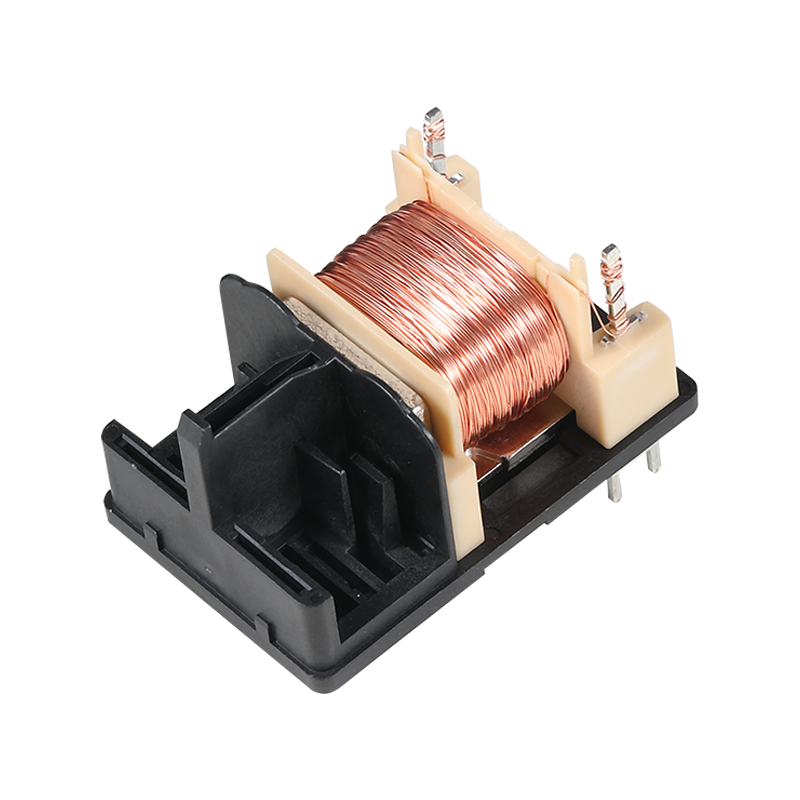
In the realm of plastic manufacturing, thermoset plastic molding, bioplastic injection molding, and flexible plastic molding stand out as distinct processes, each with its unique characteristics and applications.
Thermoset plastic molding is a process where heat and pressure are applied to a thermosetting polymer to form a part. Unlike thermoplastics, thermosets do not melt upon reheating; they retain their shape after the initial molding process. This characteristic makes them ideal for applications requiring high durability and resistance to heat.
Thermosets are known for their strength, heat resistance, and dimensional stability. They do not deform or melt under high temperatures, which makes them suitable for long-term applications.
Common uses include electrical insulation, automotive parts, and industrial machinery where high heat and mechanical stress are encountered.
The irreversible nature of thermoset molding ensures parts maintain their integrity over time, without the risk of deformation.
Bioplastic injection molding is an eco-friendly alternative that uses biodegradable materials derived from renewable sources. This process is similar to traditional plastic injection molding but with a focus on sustainability.
Bioplastics are compostable and can break down naturally, reducing environmental impact. They offer similar properties to traditional plastics in terms of strength and flexibility.
Bioplastics are used in packaging, disposable cutlery, and agricultural products where a reduced carbon footprint is desired.
The use of bioplastics supports sustainability by reducing reliance on fossil fuels and decreasing waste in landfills.
Flexible plastic molding refers to the process of creating flexible plastic parts that can bend and flex without breaking. This is achieved through the use of elastomers or flexible polymers.
Flexible plastics are characterized by their elasticity, durability, and resistance to wear. They can return to their original shape after being stretched or compressed.
These plastics are used in a variety of products, including seals, gaskets, hoses, and wearable technology where flexibility is crucial.
The flexibility of these plastics allows for a wide range of design possibilities and can improve the comfort and usability of products.
When comparing these three molding processes, it's clear that each serves a different purpose based on the desired properties of the final product. Thermoset plastic molding is good for applications requiring rigidity and heat resistance, bioplastic injection molding is ideal for eco-friendly products, and flexible plastic molding is suited for parts that need to withstand repeated flexing.
Each method also presents its own set of challenges. Thermoset plastics, while durable, are not recyclable once molded, which can be a drawback in industries moving towards more sustainable practices. Bioplastics face challenges in terms of cost and performance compared to traditional plastics, although advancements are being made to bridge this gap. Flexible plastics can be more complex to mold and may require specialized equipment and processes.
This includes the development of new bioplastic materials that can compete with traditional plastics in terms of performance and cost. Additionally, there is ongoing research into improving the recyclability of thermoset plastics to reduce waste. Flexible plastics are also seeing advancements in material science, with new polymers being developed to enhance their flexibility and durability.
In conclusion, thermoset plastic molding, bioplastic injection molding, and flexible plastic molding each offer unique benefits and are chosen based on the specific requirements of the product being manufactured.

 English
English 中文简体
中文简体 русский
русский









